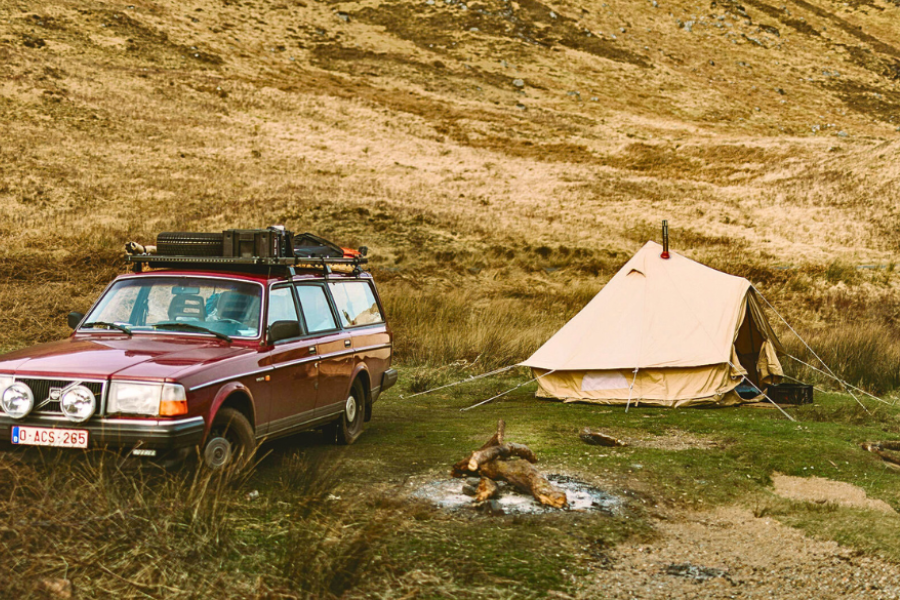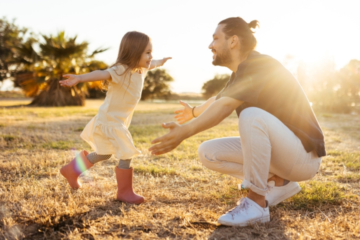Table of Contents
- Preparing Your Trip
- Packing Essentials
- Understanding Iceland’s Weather
- Choosing the Best Campsites
- Respecting Nature and Local Culture
- Safety Tips for Camping
- Exploring Activities Around Campsites
- Using Tech for a Better Experience
Preparing Your Trip
Before you even set foot in Iceland, it’s crucial to do some research and planning. Iceland offers many camping sites, such as the renowned campsites in Iceland. Always check travel advisories and ensure your travel documents are in order. Prearranging your lodging and transportation can prevent unexpected stress. Getting through Iceland’s distinct landscape necessitates getting ready. Understand the local driving rules and weather conditions to organize your trip effectively. Furthermore, all travelers must know the local currency, language basics, and emergency services to have a pleasant and hassle-free experience.
Packing Essentials
Bring clothing for variable weather, including waterproof layers, warm socks, and thermal wear. Iceland’s weather can be unpredictable, so packing appropriately can make your trip more enjoyable. Remember, you don’t have essential camping gear like tents, sleeping bags, and portable stoves. Quality gear can distinguish between a comfortable sleep and a freezing night. Consider lightweight, durable options that won’t weigh you down but will offer protection and comfort. Always think ahead to pack any food you’ll need; Iceland’s remote areas might have little grocery stores nearby. Reusable water bottles, portable chargers, and multi-tools can also be lifesavers in a camping scenario.
For more on what to pack, visit REI’s guide on camping essentials. This guide offers tried-and-true advice on what items are critical for every trip. Equipment like headlamps, fire starters, and emergency shelters are also invaluable, especially in Iceland’s unpredictable environment.
Understanding Iceland’s Weather
Iceland’s weather is famously unpredictable. Be prepared for quickly changing conditions by wearing layers and constantly monitoring weather forecasts. A sunny morning can turn into a rainy afternoon in a heartbeat. Utilizing resources like the Icelandic Meteorological Office, which provides up-to-date information and alerts, can keep you ahead of unexpected changes. It’s also wise to have backup plans when outdoor conditions aren’t favorable for camping or hiking. Knowing the weather can significantly influence your camping experience, making it safer and more enjoyable. Additionally, understanding seasonal variations can help you better plan your activities.
Choosing the Best Campsites
Research different campsites ahead of time to find the ones that suit your travel style. Consider factors such as amenities, proximity to attractions, and regulations. Some campsites require booking, especially during peak tourist seasons. Various camping options range from well-equipped sites with full amenities to more rustic and secluded spots. Reading reviews and checking user-generated photos can provide insider tips on the best sites. Be mindful of rules and regulations; some areas have strict guidelines to protect the environment and ensure everyone’s safety. Popular campsites often offer showers, kitchens, and Wi-Fi, while more secluded spots allow for a deeper connection with nature. Understanding what each site offers can help you plan better and set the right expectations.
Respecting Nature and Local Culture
The breathtaking scenery of Iceland must be protected as a valuable asset. Adhere to Leave No Trace guidelines to reduce your environmental impact. This involves removing trash, honoring wildlife, and sticking to designated paths. Also, make sure to follow local customs and traditions to have a peaceful trip. Icelanders take pride in their cultural and natural heritage; cultivating respect fosters positive connections. Respectfully interact with locals and heed their advice; they have valuable insights on optimal spots and sustainable practices. Make sure to educate yourself about the indigenous plants and animals and the historical and cultural importance of the places you are exploring. This enhances your experience and encourages a stronger admiration for Iceland’s natural beauties.
Safety Tips for Camping
Always inform someone about your plans and expected return time. Carry a first aid kit and know the basics of first aid procedures. When venturing into remote areas, consider renting a GPS device or a satellite phone for emergencies. Safety isn’t just about physical preparedness; mental preparedness is equally important. Have a clear understanding of the route you plan to take and potential hazards you might encounter. Be aware of emergency procedures and have a contingency plan if things go awry. Safety extends to fire management, cooking, and even interactions with wildlife. Understanding how to safely store food to avoid attracting animals, knowing what plants are poisonous, and being prepared for sudden weather changes are all part of a comprehensive safety plan. Local emergency contacts and services can be a lifesaver in critical situations. Also, ensure your vehicle is in good condition and equipped with spare tires, extra fuel, and towing kits.
Exploring Activities Around Campsites
- Hiking picturesque trails
- Exploring nearby waterfalls and hot springs
- Engaging in birdwatching and photography
- Visiting local villages and learning about Icelandic culture
Activities around campsites in Iceland are diverse and breathtaking. Hiking trails can take you through serene landscapes, while nearby hot springs offer a warm retreat after a long day of exploring. Birdwatching is especially rewarding during migratory seasons when Iceland hosts a variety of species. Photography enthusiasts will find endless inspiration in Iceland’s dramatic scenery. Visiting local villages provides a cultural immersion and an opportunity to purchase unique Icelandic crafts. Additionally, many campsites near natural wonders like geysers and glaciers offer endless exploration opportunities. Engaging with local guides can also provide a richer understanding of the area’s history, geology, and ecology.
Using Tech for a Better Experience
Use applications like Maps for smoother trip experiences for navigation, checking weather updates, and booking campsites. Technology can aid in finding hidden treasures and maintaining connectivity during outdoor adventures. Technology is a valuable resource for contemporary campers, offering star-gazing apps to improve your night sky view and language translation apps to simplify communication with locals. Incorporating technology into your camping habits can facilitate your journey and create opportunities for fresh experiences. Social media platforms can offer up-to-the-minute information on trail conditions, weather updates, and community events. Intelligently using technology improves your overall experience and ensures safety through timely information delivery.
Keep an eye for more news & updates on TribunExpress.Com!




